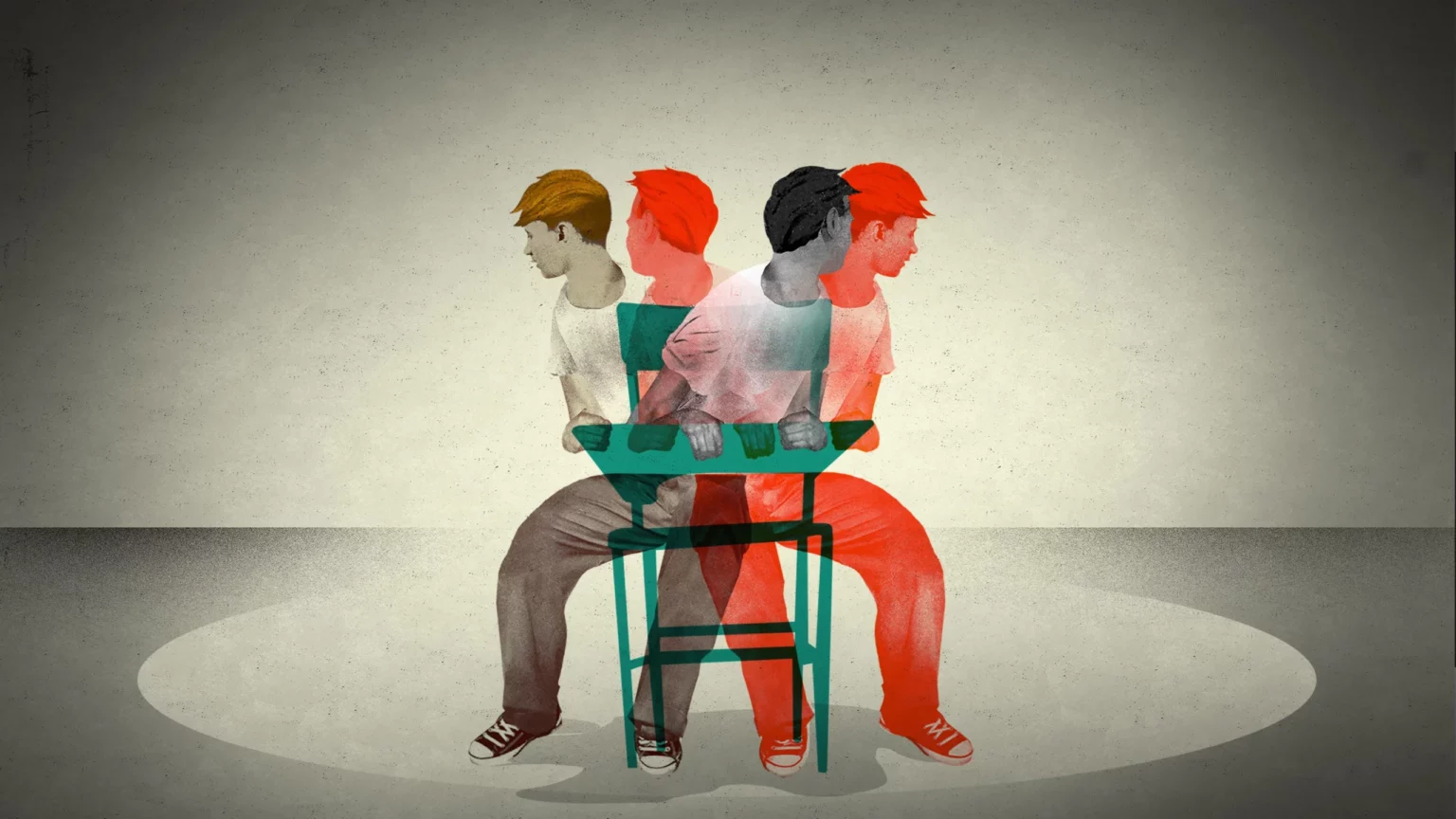Attention Deficit Hyperactivity Disorder (ADHD) is a common neurodevelopmental disorder that affects both children and adults. However, many people with ADHD go undiagnosed, which can have a significant impact on their personal and professional lives. Recognizing the signs and symptoms of ADHD is the first step towards seeking proper diagnosis and treatment. In this article, we’ll take a closer look at ADHD and discuss some of the key signs and symptoms to look out for.
What is ADHD?
ADHD is a condition that affects the brain’s ability to regulate attention, behavior, and emotions. It is characterized by a persistent pattern of inattention and/or hyperactivity-impulsivity that interferes with daily functioning. ADHD is usually diagnosed in childhood, but symptoms can persist into adulthood.
Signs and Symptoms of ADHD
The signs and symptoms of ADHD can vary from person to person, and can be different for children and adults. Here are some of the key signs and symptoms to look out for:
Inattention:
- Difficulty paying attention or staying focused on tasks
- Easily distracted by external stimuli
- Forgetfulness, losing things
- Trouble following instructions or completing tasks
- Difficulty with organization and time management
- Avoidance of tasks that require sustained mental effort
Hyperactivity:
- Restlessness and fidgeting
- Difficulty sitting still, particularly in quiet environments
- Excessive talking or interrupting others
- Impulsiveness and acting without thinking
- Difficulty waiting their turn
Combined:
- Often losing things, forgetting things
- Making careless mistakes
- Poor time management
- Procrastination
- Difficulty organizing tasks
- Avoiding tasks that require sustained mental effort
- Easily distracted by external stimuli
- Restlessness
- Interrupting others
- Excessive talking
Diagnosis and Treatment
If you or someone you know is experiencing any of these symptoms, it is important to speak with a healthcare professional who can conduct a proper evaluation for ADHD. Diagnosis typically involves a thorough assessment of symptoms, medical history, and behavior, as well as input from family members or other caregivers.
Once diagnosed, treatment for ADHD may involve medication, talk therapy, or a combination of both. Behavioral therapy can be particularly effective in helping individuals with ADHD develop coping strategies and organizational skills to manage their symptoms.
In conclusion, recognizing the signs and symptoms of ADHD is the first step towards getting proper diagnosis and treatment. It’s important to remember that ADHD is a treatable condition, and with the right support, individuals with ADHD can live healthy and fulfilling lives.




